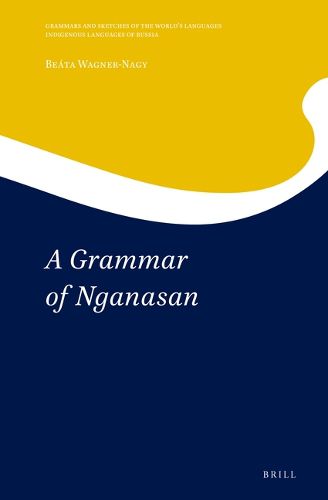Readings Newsletter
Become a Readings Member to make your shopping experience even easier.
Sign in or sign up for free!
You’re not far away from qualifying for FREE standard shipping within Australia
You’ve qualified for FREE standard shipping within Australia
The cart is loading…






With this descriptive grammar of Nganasan Beata Wagner-Nagy presents a comprehensive description of the highly endangered Samoyedic language, spoken only by a small number of individuals on Siberia’s Taimyr Peninsula. Based on corpus data from the Nganasan Spoken Language Corpus as well as field work the grammar follows a traditional structure. Contents range from a description of phonetic features and phonological processes over word classes, morphological features to syntactic and semantic properties. The grammar highlights morphophonological alternations as well as the pragmatic organization of Nganasan. A discussion of the core vocabulary completes the account in addition to two sample texts.
The grammar reflects significant typological aspects thus serving as a reasonable basis for further comparison in Uralic studies.
$9.00 standard shipping within Australia
FREE standard shipping within Australia for orders over $100.00
Express & International shipping calculated at checkout
With this descriptive grammar of Nganasan Beata Wagner-Nagy presents a comprehensive description of the highly endangered Samoyedic language, spoken only by a small number of individuals on Siberia’s Taimyr Peninsula. Based on corpus data from the Nganasan Spoken Language Corpus as well as field work the grammar follows a traditional structure. Contents range from a description of phonetic features and phonological processes over word classes, morphological features to syntactic and semantic properties. The grammar highlights morphophonological alternations as well as the pragmatic organization of Nganasan. A discussion of the core vocabulary completes the account in addition to two sample texts.
The grammar reflects significant typological aspects thus serving as a reasonable basis for further comparison in Uralic studies.